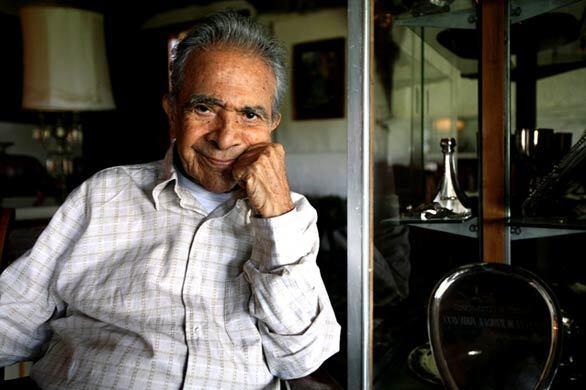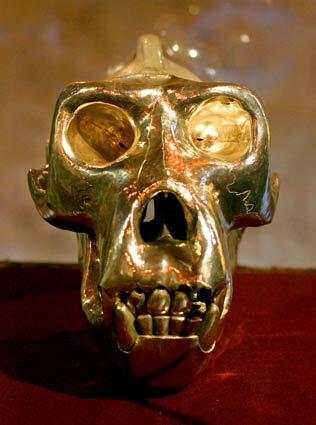
Visitors to Taxco de Alarcón, Mexico, the silver-mining area where Pineda lived, can see his “Craneo Prehispánico” in the city’s Museo de la Plateria (Silversmithing Museum). (Jennifer Szymaszek / For The Times)
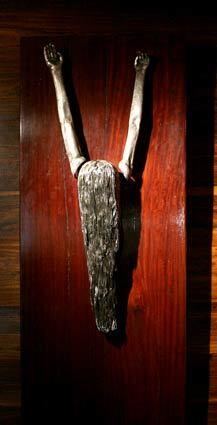
Also at Museo de la Plateria is Pineda’s sculpture “Ecce Omo” (circa 1960). (Jennifer Szymaszek / For The Times)
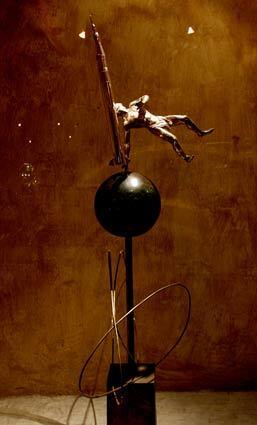
Drama surrounds the artist’s “Expesión Espacial,” also on exhibit in Taxco. (Jennifer Szymaszek / For The Times)
Advertisement
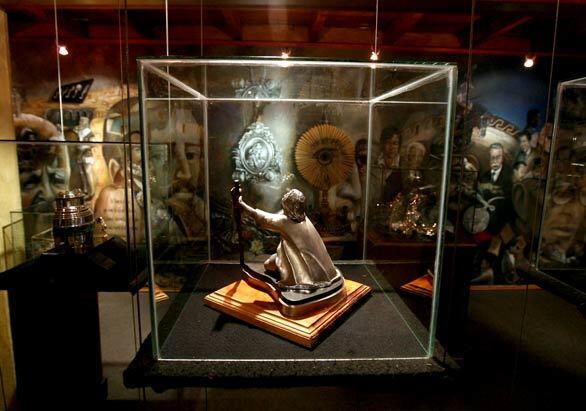
The murals of Museo de la Plateria lend a context to Pineda’s works, including “Cristóbal Colón.” (Jennifer Szymaszek / For The Times)
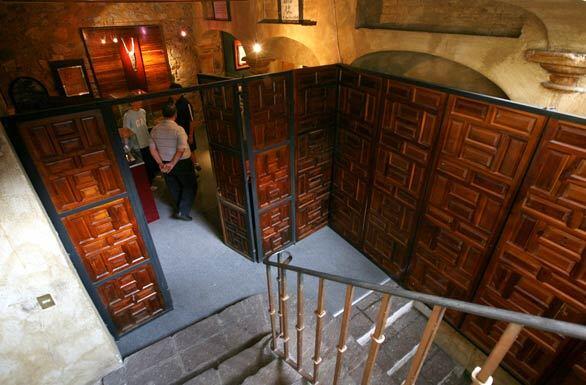
Colors of the Mexican landscape infuse the interiors of Museo de la Plateria. (Jennifer Szymaszek / For The Times)
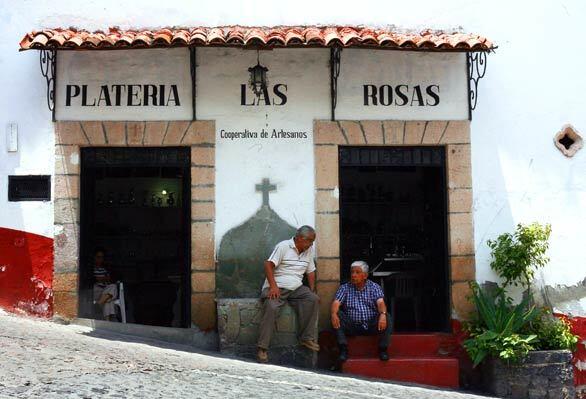
As Taxco de Alarcón’s reputation grew, it became a vacation spot for writers, artists, collectors and the Hollywood film community. By the early 1950s, some 150 silver shops were operating in the town; several carry on today. (Jennifer Szymaszek / For The Times)
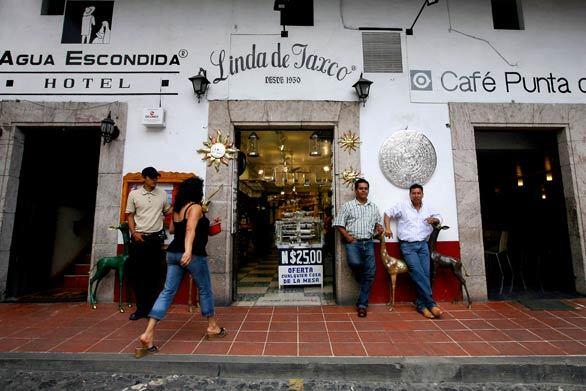
With the elite having long ago moved on, most of Taxco’s shops today cater to tourists and day-trippers from Mexico City. (Jennifer Szymaszek / For The Times)
Advertisement
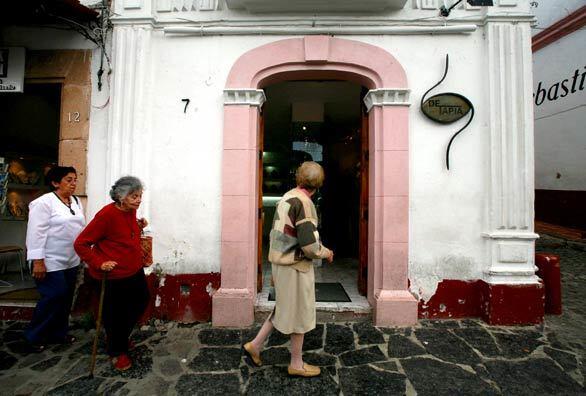
Tourist peruse shops’ wares from Taxco’s cobblestone streets. (Jennifer Szymaszek / For The Times)
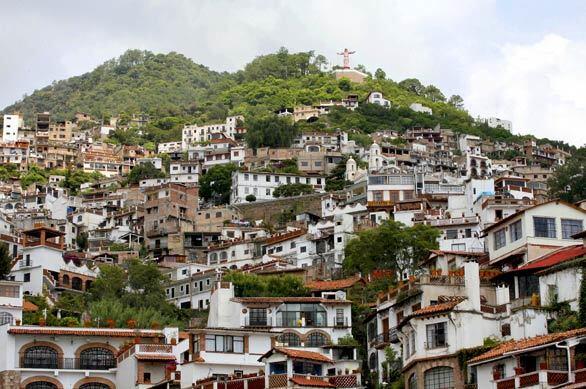
Although silver has been mined in the Taxco region since the conquistadors arrived in the 1500s, silversmithing didn’t truly take hold until the 1930s. (Jennifer Szymaszek / For The Times)
